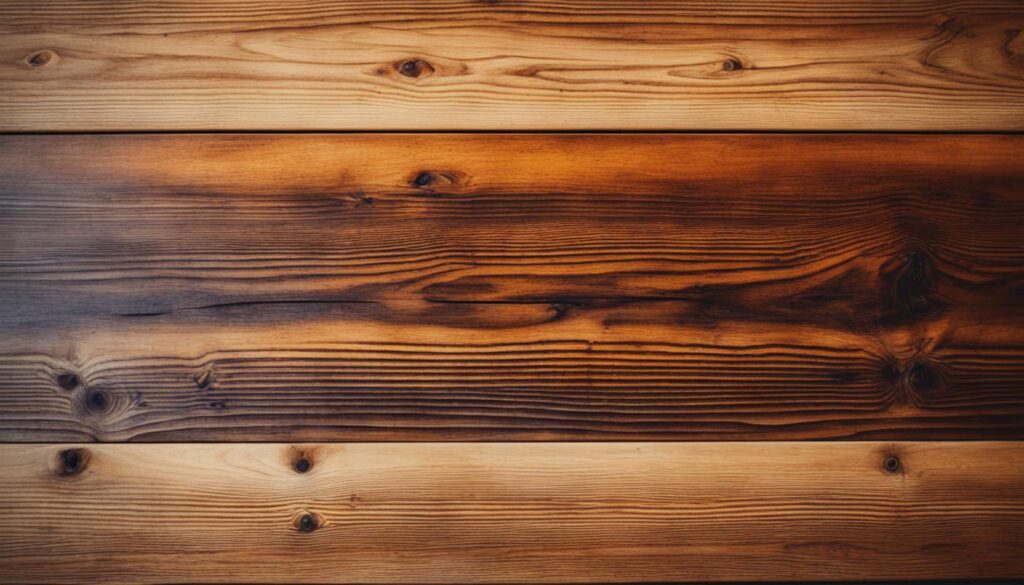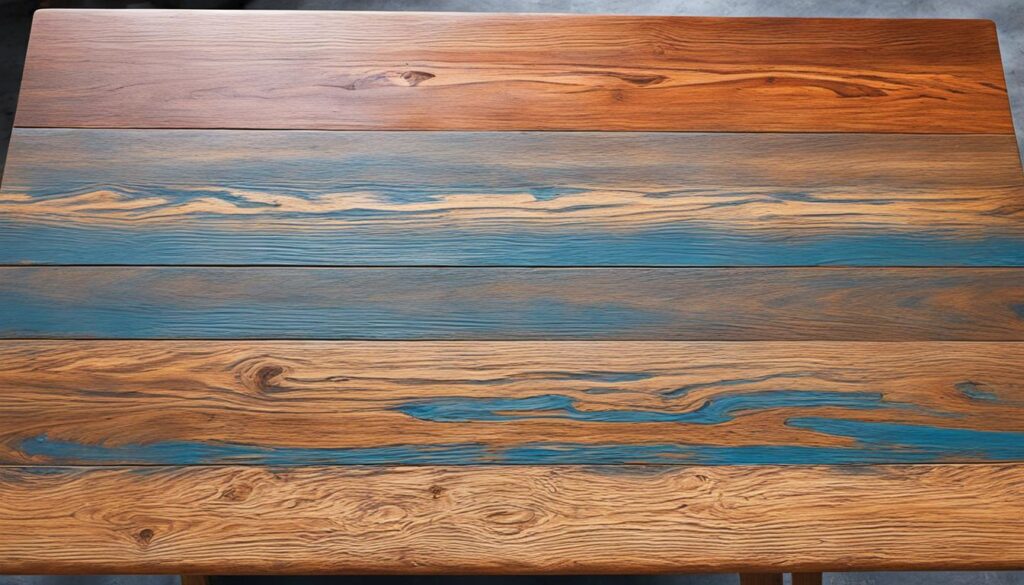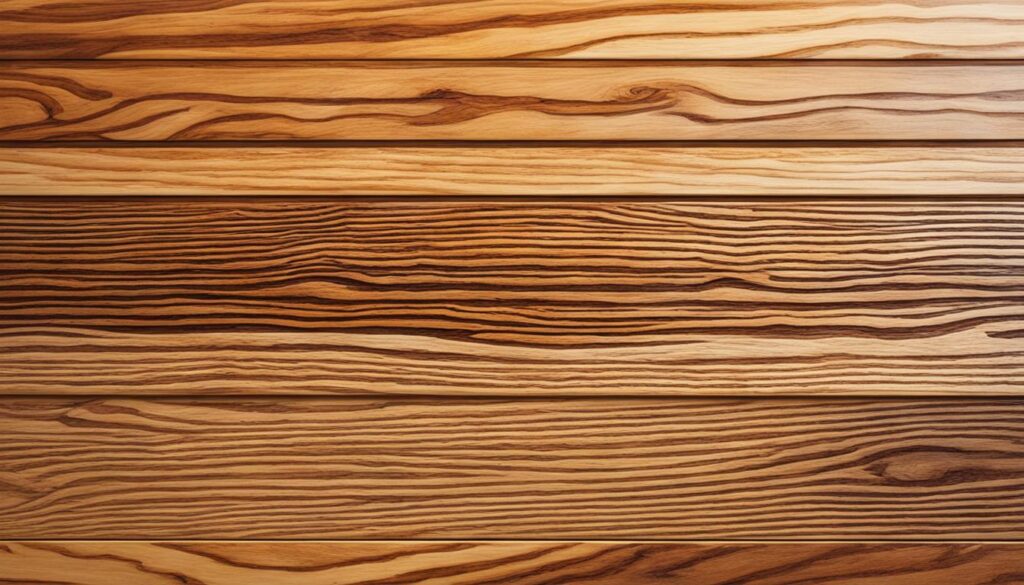Danish oil effectively protects wood by deeply penetrating the fibers, forming a durable shield against moisture and wear. It enhances the natural beauty of wood with a warm finish, providing long-lasting durability. While it offers good water resistance, regular reapplication is needed for high-traffic areas. Danish oil stands out for its ease of application and enhancing wood grain. To maximize its benefits, proper application techniques and maintenance are key. Discover more about Danish oil's protective qualities and application tips to make the most out of this popular wood finish.
What Is Danish Oil?
What exactly distinguishes Danish Oil from other wood finishes on the market today?
Danish Oil is a popular choice among wood finishes due to its unique blend of oils and resins that provide a natural, low-sheen finish while also offering excellent wood protection.
Unlike some finishes that create a thick layer on the surface of the wood, Danish Oil penetrates the wood fibers, enhancing the natural beauty of the wood while also providing a durable protective layer.
When it comes to wood protection, Danish Oil excels in providing moisture resistance and protection against everyday wear and tear.
The blend of oils in Danish Oil nourishes the wood, preventing it from drying out and cracking over time.
Additionally, Danish Oil is easy to apply, making it a favorite among woodworkers and DIY enthusiasts alike.
How Does Danish Oil Work?
Danish Oil plays a crucial role in deeply penetrating the wood fibers, nourishing and protecting the wood while enhancing its natural beauty. This penetrating ability allows Danish Oil to provide outstanding wood protection and longevity.
By seeping into the wood, it creates a durable barrier that shields the material from external elements such as moisture, dirt, and dust. This moisture resistance is a key feature of Danish Oil, as it helps prevent the wood from warping, cracking, or rotting due to prolonged exposure to water or humidity.
Furthermore, Danish Oil enhances the wood's durability by strengthening its structure from within. It fortifies the fibers, making them more resilient to wear and tear over time. This increased durability contributes significantly to the longevity of wood items treated with Danish Oil, ensuring they maintain their quality and beauty for years to come.
Benefits of Danish Oil
Enhancing the longevity and beauty of wooden surfaces, Danish Oil offers a myriad of benefits that cater to both protection and aesthetic appeal. Danish Oil provides long-lasting protection by penetrating deep into the wood, creating a durable barrier against moisture, stains, and everyday wear and tear. This protection helps to preserve the integrity of the wood, extending its lifespan greatly.
One of the key advantages of Danish Oil is its ability to provide a natural finish that enhances the natural beauty of the wood. The oil brings out the grain patterns and colors, giving the wood a warm and rich appearance.
Moreover, Danish Oil is known for its easy application process. It can be applied with a brush, cloth, or even sprayed on, making it a versatile option for various wood projects. Its quick drying time allows for efficient application, saving time and effort.
Additionally, Danish Oil can be used on a wide range of wooden surfaces, including furniture, floors, and countertops, showcasing its versatility in woodworking projects.
Limitations of Danish Oil
When considering the application of Danish Oil for wood protection, it is important to acknowledge certain limitations that may impact its effectiveness in specific scenarios. While Danish Oil provides a beautiful finish and enhances the natural beauty of wood, it has some drawbacks.
One limitation is its durability compared to other alternative finishes such as polyurethane or varnish. Danish Oil may require more frequent reapplication to maintain its protective properties, especially in high-traffic areas or outdoor settings.
Another limitation of Danish Oil is its water resistance. Unlike some sealants that create a waterproof barrier, Danish Oil may not provide adequate protection against water damage. This makes it less suitable for use on wood items exposed to moisture or frequent spills.
Moreover, the effectiveness of Danish Oil can be influenced by the application techniques used. Proper application is essential to make sure the oil penetrates the wood effectively and forms a protective layer. Failure to apply the oil correctly may result in an uneven finish or inadequate protection against environmental factors.
Applying Danish Oil Correctly
Properly applying Danish Oil to wood surfaces requires meticulous attention to detail and adherence to specific techniques to guarantee maximum penetration and protection. To ensure the best results, follow these best practices:
- Surface Preparation: Thoroughly sand the wood surface to remove any imperfections or previous finishes. The smoother the surface, the better the Danish Oil will penetrate and protect the wood.
- Even Application: Apply the Danish Oil evenly using a lint-free cloth or brush. Make sure that the oil is spread uniformly across the entire surface to prevent blotches or uneven drying.
- Allow for Absorption: Let the Danish Oil penetrate the wood for the recommended time specified by the manufacturer. This allows the oil to seep into the wood fibers effectively.
- Multiple Coats: For enhanced protection, apply multiple coats of Danish Oil, allowing each coat to dry completely before applying the next. This builds up a durable finish that provides long-lasting protection and a beautiful sheen.
Enhancing Wood With Danish Oil
To maximize the aesthetic appeal and longevity of wood surfaces, utilizing Danish Oil can greatly enhance their natural beauty and provide effective protection against wear and tear. Danish Oil penetrates deep into the wood fibers, enhancing the grain patterns and colors, giving the wood a rich and lustrous appearance.
This wood preservation method not only beautifies but also acts as a protective layer, shielding the surface from moisture, stains, and scratches. The application of Danish Oil creates a durable barrier that helps prevent warping, cracking, and fading due to exposure to sunlight.
Moreover, Danish Oil is renowned for its ability to enhance the natural characteristics of different wood types, bringing out their unique textures and hues. This surface protection method not only adds visual appeal but also ensures that the wood maintains its integrity over time.
Maintenance Tips for Danish Oil
Regular maintenance of wood treated with Danish Oil is essential to guarantee its longevity and best protection. To secure the effectiveness of Danish Oil over time, it is vital to follow proper maintenance tips:
- Application Techniques: Apply Danish Oil following the manufacturer's instructions. Use a clean cloth or brush to evenly spread the oil across the wood surface for best penetration and protection.
- Drying Time: Allow the Danish Oil to dry completely between coats. Typically, Danish Oil requires 12-24 hours to dry thoroughly, but drying times may vary based on environmental conditions.
- Reapplication Frequency: Depending on usage and exposure to elements, consider reapplying Danish Oil every 6-12 months to maintain the wood's protection. Inspect the wood's surface regularly for signs of wear and dryness.
- Wood Protection: Danish Oil provides a durable finish that enhances the wood's natural beauty while protecting it from moisture and wear. Proper maintenance will help preserve the wood's appearance and longevity.
Comparing Danish Oil to Other Finishes
When comparing Danish Oil to other wood finishes, it is important to take into account their individual properties and advantages for a thorough assessment. Danish Oil is known for its ease of application and maintenance compared to varnishes or lacquers.
Regarding durability, Danish Oil provides a moderate level of protection against scratches and stains but may require more frequent reapplication than polyurethane for higher wear resistance.
Finishing techniques play a significant role in the effectiveness of wood finishes. Danish Oil penetrates the wood fibers, enhancing the natural beauty of the grain, while varnishes create a hard protective layer on the surface.
Water resistance is another factor to take into consideration. Danish Oil offers good water resistance but may not be as effective as a polyurethane finish in wet environments.
Welcome to WoodCraftYard.com, your one-stop destination for all things woodworking! I’m Oliver Candler, a dedicated woodworking aficionado and the creative mind behind this virtual woodworking haven. With a deep-rooted love for craftsmanship and a keen eye for detail, I am on a mission to share my passion for woodworking with fellow enthusiasts like yourself.
As a seasoned woodworker, I am committed to providing you with valuable insights, practical tips, and inspiring project ideas to help you unleash your creativity and master the art of woodworking. Whether you’re a seasoned pro or just starting out on your woodworking journey, join me as we carve, sand, and saw our way through the world of woodworking together.
Let’s embark on this woodworking adventure, where every knot, grain, and finish tells a unique story. Together, let’s craft, create, and build something truly extraordinary at WoodCraftYard.com!



